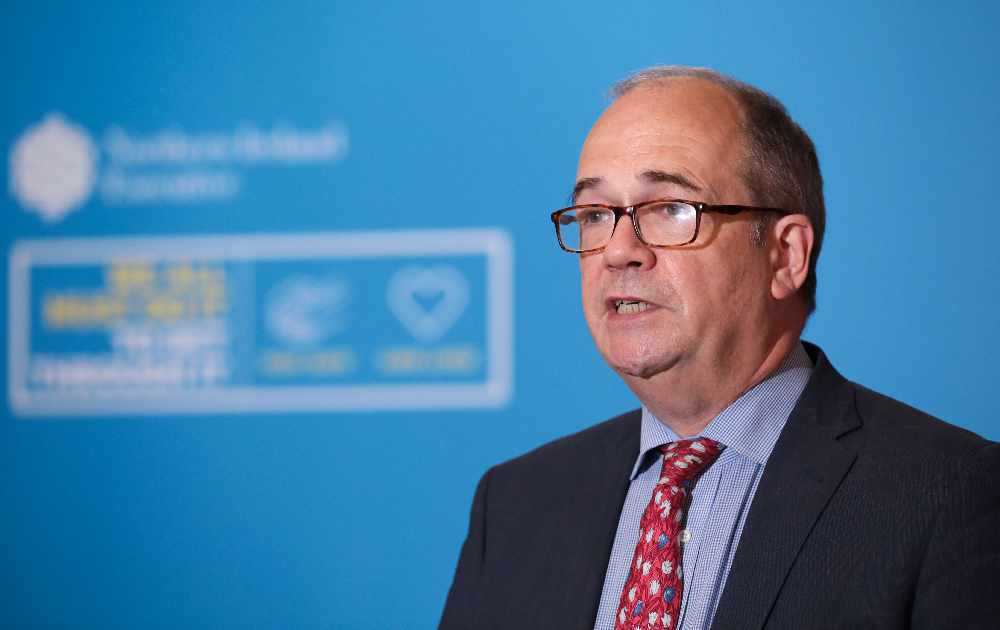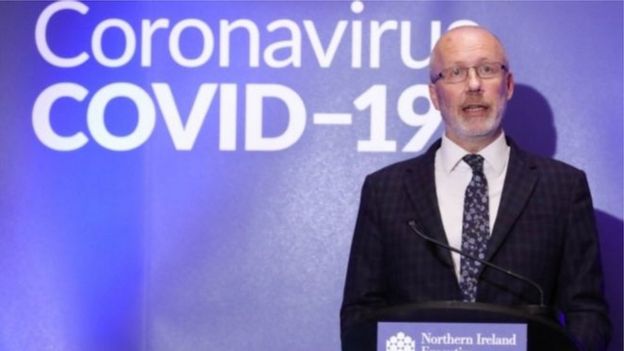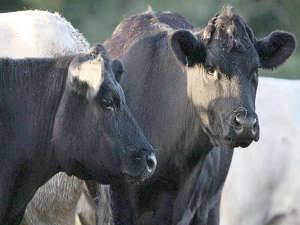
By David Young, PA
Northern Ireland is ready to start Covid-19 vaccinations in mid-December if approvals are given and stocks arrive, the head of the rollout programme has said.
Patricia Donnelly said the region’s health trusts were “good to go” and had identified seven sites to administer the vaccine to healthcare workers.
Ms Donnelly said the first phase would also see vaccines administered in care homes and to people aged over 80.
She said meeting the December 14 target date would depend on vaccines gaining the expected approvals and stock being delivered on schedule.
Ms Donnelly was addressing a media briefing that also heard from Stormont’s chief scientific adviser Professor Ian Young, who said last week’s relaxation of Covid-19 restrictions had halted the fall in infection numbers.
Meanwhile, chief medical officer Dr Michael McBride said the region was experiencing “extremely low levels” of flu and other viral infections this year – something he attributed to increased hygiene measures.

Dr Michael McBride
Northern Ireland’s vaccine programme is being steered by advice from the UK’s Joint Committee on Vaccination and Immunisation (JCVI).
Ms Donnelly said the trusts had 800 vaccinators trained and ready to start administering doses, and an 600 extra people were being trained.
“We will be good to go,” she said.
“The trusts have prepared, they have vaccinators already identified, they have locations identified, there’s seven locations around Northern Ireland that trusts will use.
“We have designed a digital system where staff will be able to book on – that won’t be available until a few days before the programme starts, but we’re good to go from the 14th if approval (is given), if the vaccine arrives, and if JCVI don’t change their advice in any way.”
The first vaccine due to be rolled out in Northern Ireland is the Pfizer product, followed by the one developed by Oxford University and AstraZeneca.
Ms Donnelly said people would not get a choice of which vaccine they were given.
She said the programme anticipated a 75% vaccination rate. She made clear vaccinations would be voluntary and there were no plans for a mandatory rollout if uptake was low.
Prof Young said there would need to be at least 50% uptake for population immunity to be achieved.

Professor Ian Young
“We will probably need somewhere between 50% and 70% at least of the population to take up the vaccine for the vaccine to be effective,” he said.
Dr McBride said securing stable supply lines was vital.
“We’re critically dependent on the production and delivery of the vaccine,” he said.
“This is a new vaccine and we just need to bear in mind that there may well be production and delivery challenges associated with that.”
After executive wrangling over Covid-19 measures, some measures were relaxed last week ahead of the reintroduction of another circuit-breaker on Friday.
Prof Young said this had had an impact on infection rates and would have a knock-on hospital admissions in coming days.
“Because we know that people mixed more last week that will have led to increased transmission of the virus, and we will see that reflected in case numbers during this week and it will have some impact on hospital admissions the week after – that’s just the way the virus works with the various lag periods,” he said.
He urged people to be cautious when the latest circuit-break lifts on December 11.
“As we lead into the Christmas period, the week before Christmas and over Christmas, it’s very likely that we’ll begin to see an increase in cases again after that,” he said.
“The extent to which that occurs critically depends on the extent to which interactions take place between people. We might see a fairly modest increase in case numbers or, if everybody goes mad in terms of behaviours after the 11th of December, we run the risk of seeing really quite a substantial increase in cases over the Christmas and new year period.”
On the low levels of flu this year, Dr McBride said: “The measures and steps that we take to protect ourselves against Covid are the same measures and steps to protect against other respiratory viruses, so we are seeing the levels of flu in circulation at the moment at extremely low levels compared to last year.”


 Education Authority boss hits out at criticisms of public services
Education Authority boss hits out at criticisms of public services
 Man in 90s dies following Co Down road crash
Man in 90s dies following Co Down road crash
 Police to increase patrols after second incident of shots being fired in Belfast
Police to increase patrols after second incident of shots being fired in Belfast
 Woman charged over theft of campaigner’s car ‘must stay out of Belfast’
Woman charged over theft of campaigner’s car ‘must stay out of Belfast’
 Bluetongue restrictions in Northern Ireland will be relaxed from Friday
Bluetongue restrictions in Northern Ireland will be relaxed from Friday